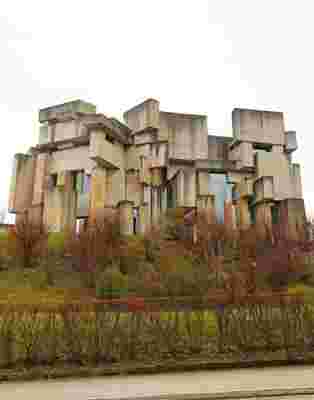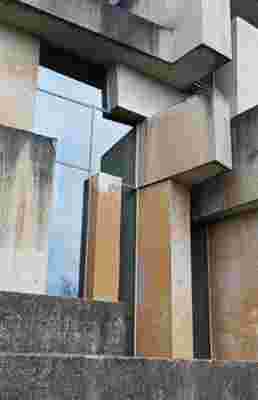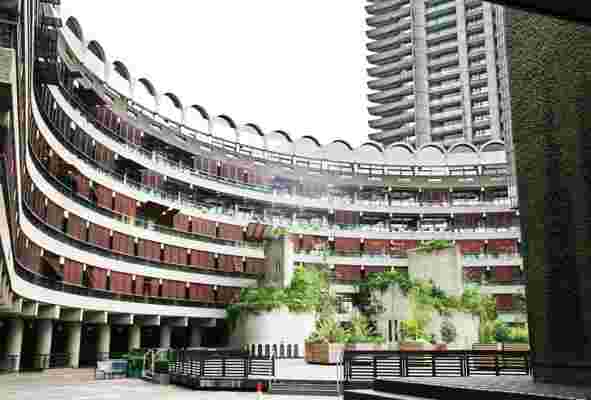Of all the styles of architecture that have emerged since the beginning of the 20th century, Brutalism may be one of the most divisive. This stark, concrete-centric offshoot of earlier forms of modernism became popular in England and the rest of Europe after World War II in part because it provided a sense of security in areas that had been devastated during bombings. Proponents praised its explicit functionality, while critics complained about lack of subtlety and, well, beauty.
Brutalist and Brutalist-influenced municipal buildings, campuses, and housing projects, many designed by their day’s top architects, popped up around the world until the style’s popularity began to wane in the 1970s. In the subsequent decades, as lesser specimens deteriorated or were torn down, Brutalism looked like it would become a historical footnote—but recently some of the most impressive examples are being reconsidered and preserved.
The buildings pictured here are visionary works by architects and artists who saw untapped potential in a humble material. Join me on a tour of ten Brutalist masterpieces.



